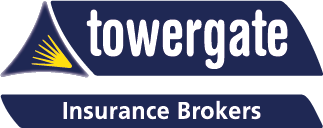The vast majority of people were unfamiliar with RAAC until very recently, when headlines of sudden school closures linked to the material brought it into public awareness for the first time. Now, people are wondering what RAAC is and why it might be so dangerous.
What is RAAC?
Reinforced autoclaved aerated concrete (RAAC) is a building material that was primarily used in the UK from the 1960s to 1990s.[1] Similar to traditional concrete but much lighter due to its aerated structure – meaning it’s filled with tiny holes – RAAC was mainly used in the construction of public sector buildings, like schools and courts of law, but can be found in other buildings, too. It was primarily used to build roofs but can be found in walls and floors as well.[2]
While it was initially favoured because of its lightweight and thermal insulating properties, as well as the fact that it was cheaper to manufacture than traditional concrete, RAAC’s one big drawback is its shelf life of just over 30 years.[3] Its premature expiry date is due to RAAC’s aerated composition, which absorbs moisture over time which then rusts adjacent metal structures. Over time, this means that buildings which contain RAAC are vulnerable to collapse. Buildings that are particularly at risk from collapse caused by RAAC are those with flat roofs.[4]
What types of buildings are in danger?
Primarily used in schools, hospitals, offices and social homes, RAAC was used in a range of buildings in both the public and private sectors.
If you are the owner of a building that was constructed between 1960 and 1990, it’s really important that you take the right steps to make sure it’s safe for residents and visitors. Your building may not contain any RAAC, but you won’t know that if you don’t have it professionally inspected.
If you’re concerned RAAC is present, you should contact the architect of the building, a surveyor, or a structural engineer. The professional can then guide you on the next steps depending upon whether or not RAAC is found to be present.
If RAAC is found, you may not necessarily have to close the building; depending on the location of the RAAC, it may be more appropriate to take temporary measures, e.g., shutting off a portion if the rest still allows visitors, until the RAAC is dealt with by an architect or engineer.[5]
Keeping your premises safe
If you’re feeling concerned about the how the presence of RAAC in your premises might disrupt services, then as well as getting in contact with your architect or structural engineer, consider contacting us regarding any insurance related concerns you many have. After all, once your RAAC problem is solved, there’s no telling when the next big building emergency might arise – whether that’s in a few decades, a few years, or a few months.
Information provided does not constitute advice and has been sourced from the following sources.
[1] Welsh Government
[2] What is RAAC and why is it forcing schools to shut buildings? | Schools | The Guardian
[3] RAAC - RIBA's response | architecture.com
[4] RAAC - What is it and how can BDN help? | BDN
[5] Church schools find workarounds after appearing on Government’s RAAC list | churchtimes.co.uk
Towergate Insurance is a trading name of Advisory Insurance Brokers Limited, registered in England with company number 4043759. Registered Address: 2 Minster Court, Mincing Lane, London, EC3R 7PD. VAT Registration Number: 447284724.


